Native Species Forest Garden?
last year
Featured Answer
Sort by:Oldest
Comments (22)
- last year
- last year
Related Professionals
Bellflower Landscape Architects & Landscape Designers · Beachwood Landscape Contractors · Glassmanor Landscape Architects & Landscape Designers · Harvey Landscape Architects & Landscape Designers · Surprise Landscape Contractors · Wailuku Landscape Contractors · Alhambra Fence Contractors · Beaverton Fence Contractors · Diamond Bar Fence Contractors · Ramona Fence Contractors · Crystal Lake Decks, Patios & Outdoor Enclosures · Jupiter Decks, Patios & Outdoor Enclosures · Prescott Decks, Patios & Outdoor Enclosures · Surprise Landscape Architects & Landscape Designers · Peachtree City Landscape Contractors- last year
- last yearlast modified: last year
- last year
- last yearlast modified: last year
- last year
- last yearlast modified: last year
- last year
- last year
- last year
- last year
- last year
- last year
- last year
- last year
- last year
- last year
- last year
- 4 months ago
- 4 months ago
Related Stories
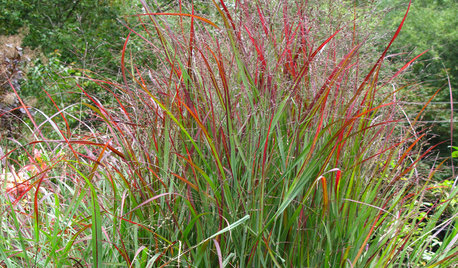
FLOWERS AND PLANTS10 Essential Native Grasses and Sedges for Mid-Atlantic Gardens
This collection of common grasses will thrive in the home landscape
Full Story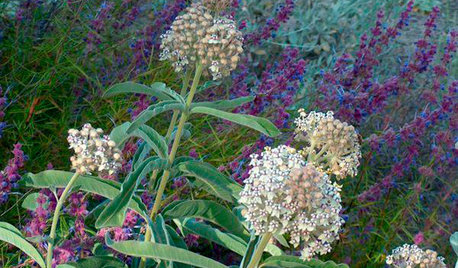
GARDENING GUIDES10 Top Native Plants for Southern California Gardens
Enjoy a fuss-free, water-wise garden by growing plants naturally in tune with the climate and wildlife of Southern California
Full Story
EARTH DAYHow to Design a Garden for Native Bees
Create a garden that not only looks beautiful but also nurtures native bees — and helps other wildlife in the process
Full Story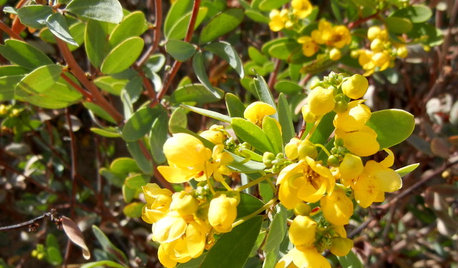
FLOWERS AND PLANTSWarm Up Mild-Winter Gardens With This Cheery Australian Native
Outback cassia’s colorful branches and foliage bring color to the cool-season garden
Full Story0
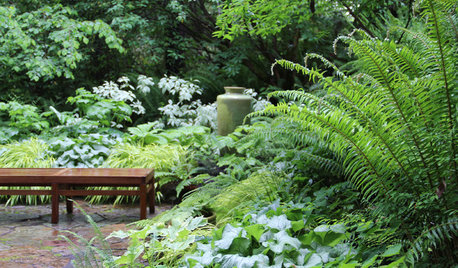
GARDENING GUIDES9 Top Native Plants for Beginning Gardeners
When you’re just starting out, choose easy-to-grow natives like these adapted to your area
Full Story
GARDENING FOR BUTTERFLIES3 Ways Native Plants Make Gardening So Much Better
You probably know about the lower maintenance. But native plants' other benefits go far beyond a little less watering and weeding
Full Story
GARDENING GUIDESGarden-Friendly Native Alternatives to Overplanted Exotics
There are lots of gorgeous, wildlife-friendly native plants ready to make an appearance in your garden
Full Story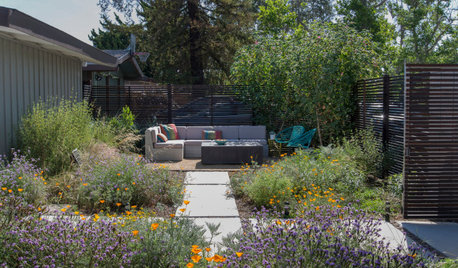
GARDENING GUIDESPlant Native Annual Flowers for a Garden Surprise Every Year
These 15 well-adapted native annuals can add spontaneity to gardens around the country
Full Story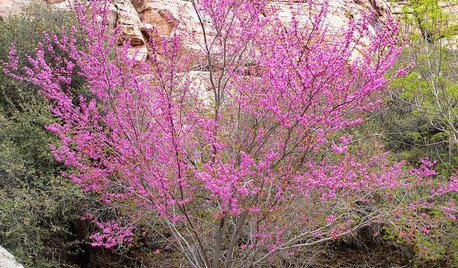
GARDENING GUIDES10 Top Native Plants for Northern California Gardens
Enjoy a fuss-free, water-wise garden by growing plants naturally in tune with the climate and wildlife of Northern California
Full Story
INSPIRING GARDENSNative Plants Bring 10 Southern California Front-Yard Gardens to Life
Rare plants, rain gardens and wildlife habitats are just a few of the features showcased on the 2016 Theodore Payne Native Plant Garden Tour
Full Story


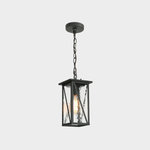



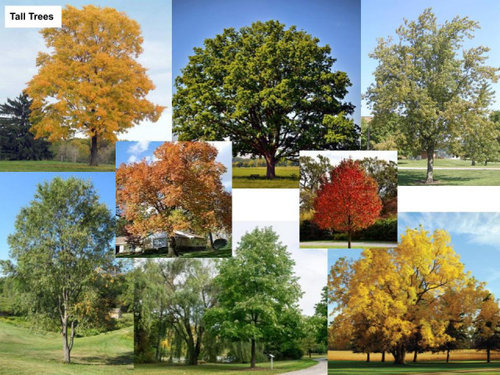
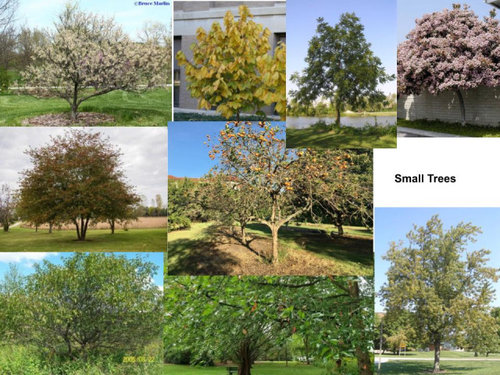
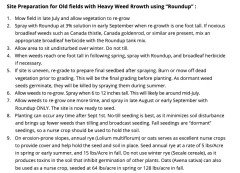


cecily 7A